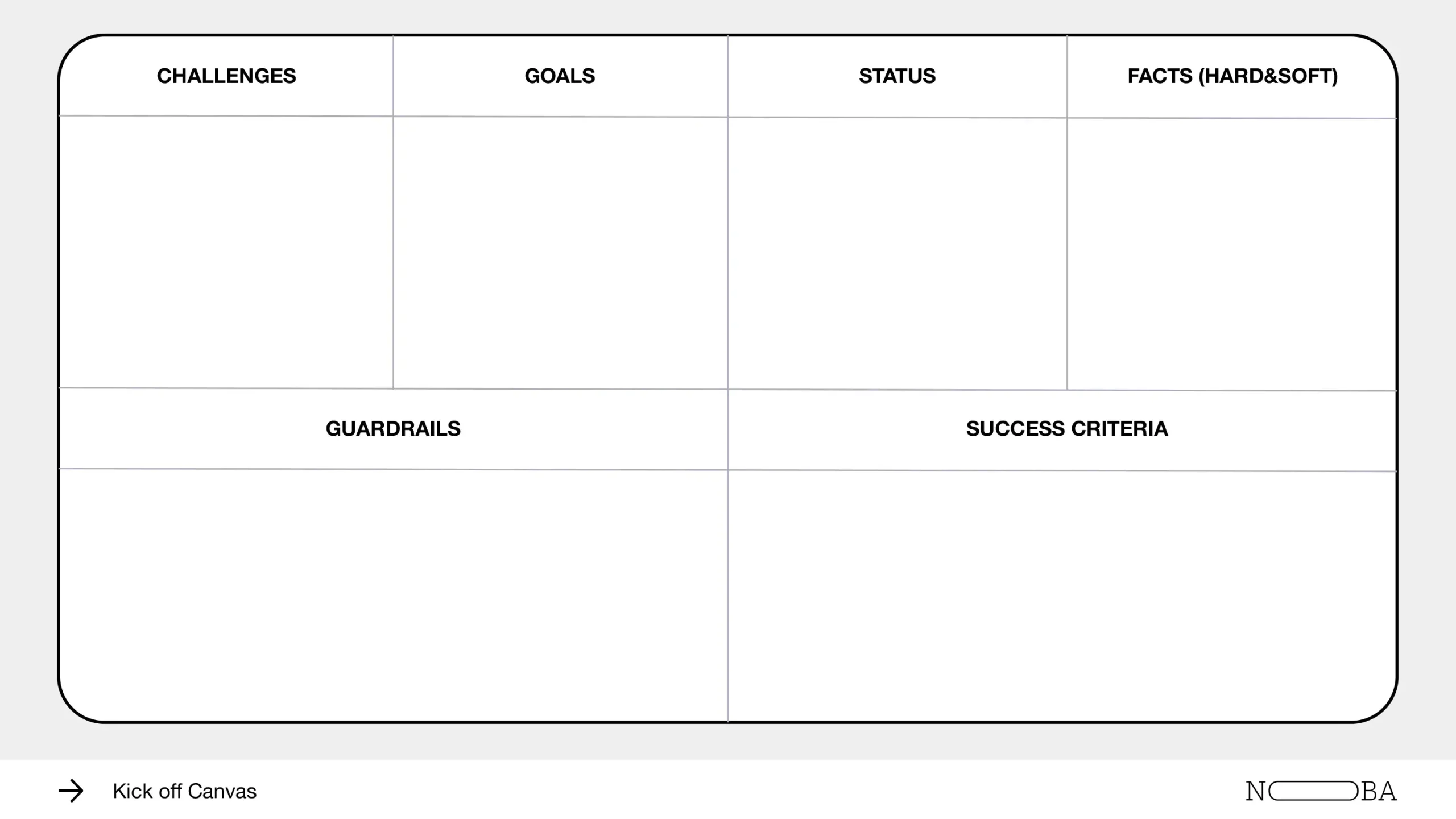Ever tried facing a day without your morning coffee, attempting to lift 100 kg without warming up, or casually asking someone about their mother in the first 3 minutes you meet them? It doesn’t feel right, does it? Well, starting a project without a proper Kick Off Meeting is a bit like that.
The first time a team for a project gathers is commonly called a Kick Off Meeting, and it’s no secret that it’s up there in the hierarchy of important meetings. If you do it right, it’s a great opportunity! They are helpful for setting team expectations, deciding how everyone will work together, and fostering strong team morale. But do it wrong, and behold everything that awaits you because it ain’t going to be pretty. Remember: there is no second chance for a first impression.
As an innovation-oriented company, we’ve had a lot of these, so we decided to build and share our checklist for having killer Kick Off Meetings:
Set Goals
The foundation of a successful Kick-Off Meeting lies in setting clear goals. Establishing these objectives not only aligns the team but also provides a roadmap for the journey ahead. Think of it as marking your destination on the map before embarking on a road trip—knowing where you’re heading keeps everyone on the same path.
Define the Challenges
Identify potential roadblocks and challenges that might pop up during the project. This isn’t about being pessimistic; it’s about being prepared. By acknowledging potential hurdles upfront, the team can brainstorm solutions, making the journey smoother. Ever heard of risk mitigation?
Find Out the Current Status
Understanding the starting point is crucial. What’s the current status of the project? Are there existing strategies or processes that are working well? Recognizing the present situation allows the team to build upon strengths and address weaknesses.
List the Facts
Bring everyone onto the same page by presenting the facts. Is there any research on the topic? Any previous projects we can use for inspiration? A shared understanding of the facts minimizes confusion and ensures that what everyone will do has not been done already. Trust us, nothing is more frustrating than finding out that someone had already done the research you’ve spent 20 hours on.
Any Guardrails?
Establish the boundaries. Are there budget constraints? Are there specific methodologies or guidelines that need to be adhered to? This includes project timelines, expected deliverables, and any critical dependencies. Setting up these guardrails ensures that the team operates within defined limits and has a clear scope.
Success Criteria
Define what success looks like for the project. What are the criteria that will determine whether the project is a triumph? Having a shared vision of success aligns the team towards a common goal. It’s like having a scoreboard in a game; everyone knows what they’re aiming for, and it adds a sense of purpose to the collective effort.








